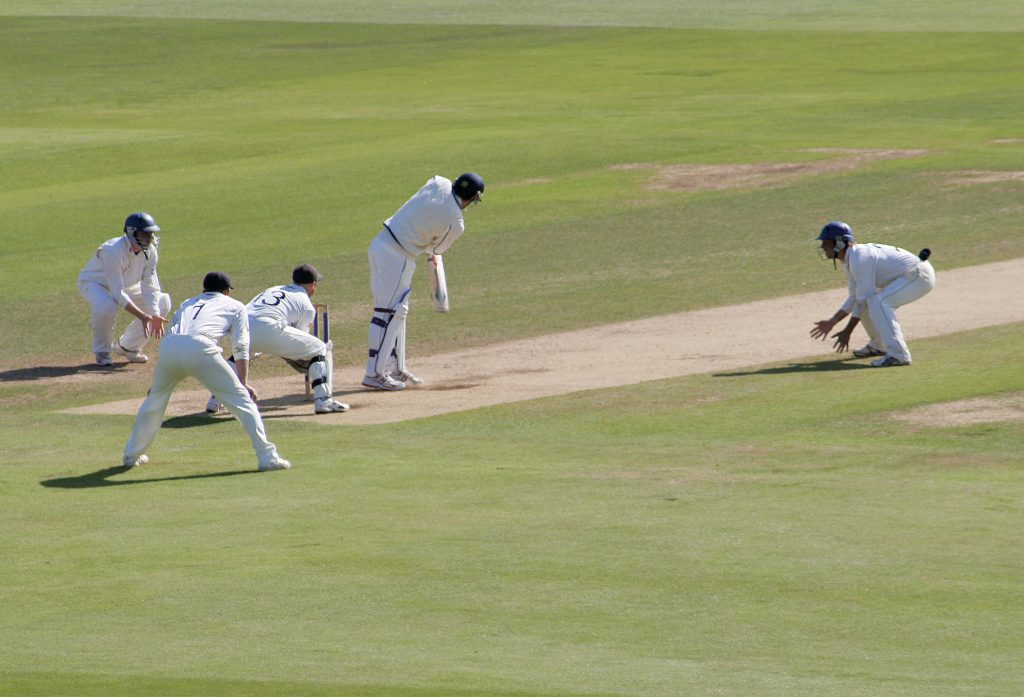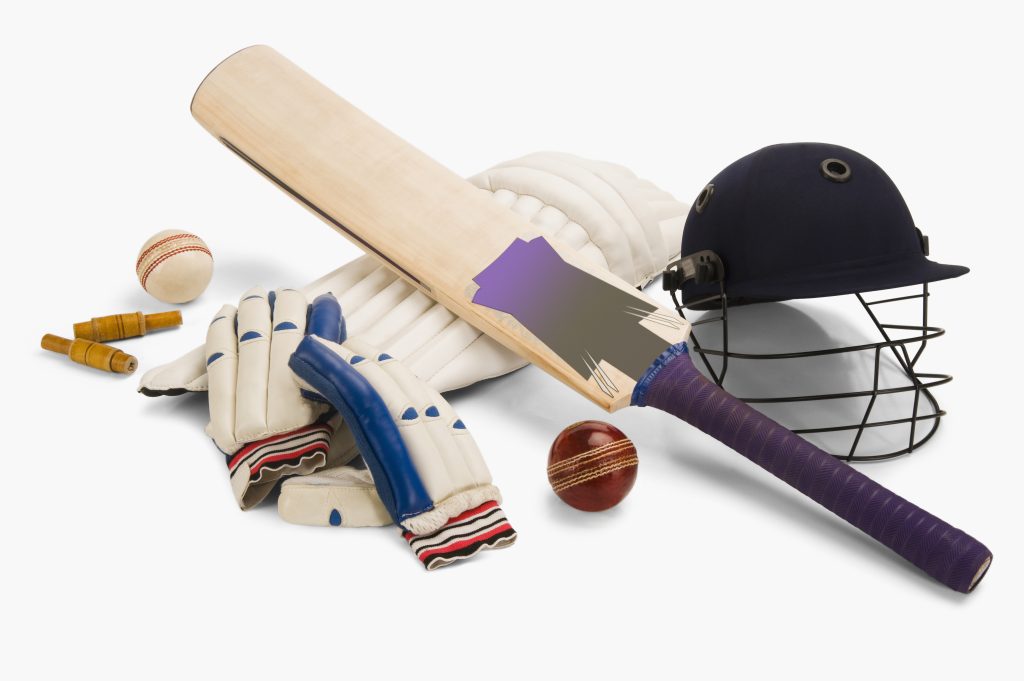Prevention & Treatment of Common Cricket Injuries

The Most Common Cricket Injuries in Australia
Cricket is one of Australia’s most popular sports. Whilst it has a reputation of being a slow-paced game, it is now becoming faster and injuries can occur. Typical cricket injuries include:
Mallet finger
This is when the cricket ball hits the tip of a finger, causing injury to the tendon. The finger should not look displaced – if so, you should go to hospital straight away. Treatment usually consists of bracing the finger and organising a gradual return to cricket.
Shoulder injuries
The shoulder is put under high levels of stress, particularly when throwing or bowling. Shoulder injuries can also occur when diving to the ground to try and catch or stop the ball. Examples of shoulder injuries include rotator cuff injuries, AC joint injuries, labral tears, shoulder dislocations and nerve traction injuries. Treatment depends as to the type of injury sustained and the patient’s individual characteristics. Imaging may be required. The patient will have to refrain from cricket for at least a short period of time.
Lower back pain
This is common in young fast bowlers due to repetitive lower back extension and rotation. This can lead to stress fractures, which are otherwise known as pars interarticularis defects. When detected, this requires a prolonged period away from cricket and modifying bowling technique/training load is critical. Other lower back injuries can occur from sustained bent-over positions when batting or wicket-keeping – treatment normally takes a few weeks and core strengthening exercises are usually effective.
Ankle sprains
Ankle sprains can often occur when fielders are running for the ball and there is a hole in the ground.
Medial elbow sprains
Repetitive high-velocity throwing causes increased strain to the soft tissue structures located on the inner (medial) side of the elbow. This can lead to prolonged time off cricket if left untreated. Treatment focuses on strengthening the structures around the elbow. Modifying the way you throw a cricket ball can reduce re-injury.

Injuries in The Upper Limbs:
- Tennis Elbow – overuse of the tendons and muscles in the elbow region can lead to inflammation and pain because of the strain.
- Sprained Wrist – wrists are at risk of overuse because they’re key to the directional movement of the cricket bat. Injuries in the wrist can be limiting and painful.
- Impingement Syndrome – this term is often used interchangeably with “rotator cuff tendonitis”, which refers to injuries in the shoulder blade. This kind of strain makes it nearly impossible to move your arms overhead.
Injuries in The Lower Limbs:
- Knee Strain – cricket players run in different directions without warning, taking the knees by surprise. This causes painful inflammation and unsteadiness in the kneecaps.
- Strained Hamstring, Calf & Achilles Tendon – this injury manifests as tightness and pain. A strained hamstring creates pain in your thigh, while the others create calf pain.
Non-Limb Injuries:
- Back Pain – Back muscles are a core power source when batting and this can take its toll, resulting in stiffness, pulling and tightness.


